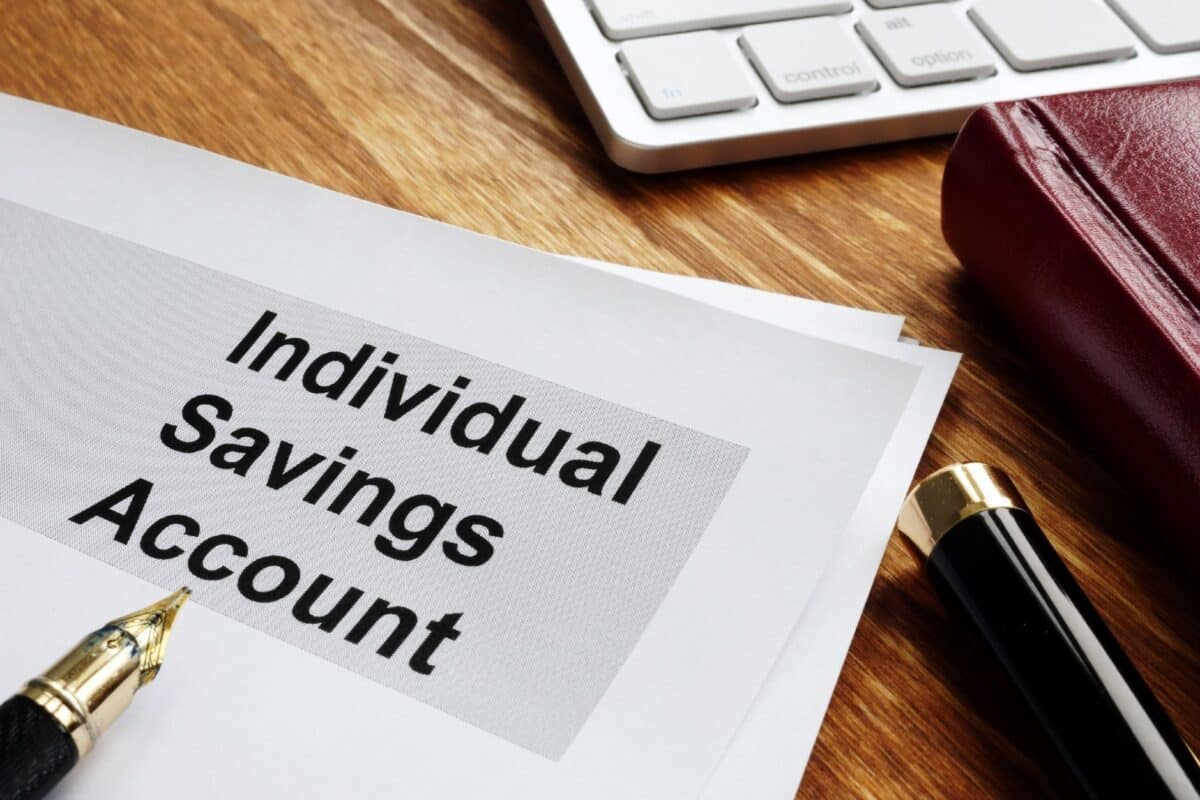
Image source: Getty Images
A Stocks and Shares ISA allows investors to collect tax-free dividend income. And with the UK Budget rapidly approaching, thinking about this might be more important than ever.
There are reports that the Chancellor is considering increasing dividend tax. Investors won’t know for sure for another 10 days, but it’s worth being prepared in any event.
Please note that tax treatment depends on the individual circumstances of each client and may be subject to change in future. The content in this article is provided for information purposes only. It is not intended to be, neither does it constitute, any form of tax advice. Readers are responsible for carrying out their own due diligence and for obtaining professional advice before making any investment decisions.
Dividend taxes
Since 2023, the dividend allowance – the amount investors can receive without having to pay tax has fallen from £2,000 to £1,000 to £500. That means higher taxes for those who qualify.
Dividends received from investments held in a Stocks and Shares ISA however, aren’t eligible for tax. So investors get to keep more of the income generated by their investments.
Basic rate taxpayers currently pay 8.75% on dividends eligible for tax. But the Resolution Foundation – an influential think tank – is pushing for this to increase to at least 16.5%.
This is something that investors looking to build a passive income portfolio need to think carefully about. Over time, the difference between investing in an ISA and not could be huge.
Passive income
As an example, consider Admiral (LSE:ADM) – a FTSE 100 stock with a dividend yield of 5.5%. That means an investment worth £18,182 generates £1,000 a year in passive income.
Reinvesting dividends at this rate for 30 years turns that into a portfolio worth £94,317. But the result of doing this while paying 16.5% tax on dividends over £500 is just £71,668.
In terms of passive income, the difference after 30 years is huge. The investor who uses an ISA earns annual dividends worth £5,036, while the investor who doesn’t gets only £3,374 a year.
The potential for an increase in dividend tax means the case for investing using a Stocks and Shares ISA has never been stronger. But the question for investors is which stocks to buy in it.
Insurance
Despite their high dividend yields, I usually think insurance stocks are too risky from an investment perspective. But Admiral’s a rare example of one that I think is worth serious consideration.
Inflation pushing up the cost of car repairs is a constant threat to profit margins and Admiral isn’t exempt from this. That’s something investors need to keep an eye on in the near term.
Car insurance though, is non-optional for people if they want to drive. And contracts don’t last long, which allows carriers to offset inflation with price increases relatively quickly.
Admiral’s technology and telematics data give it a clear advantage over competitors. As a result, it consistently achieves better underwriting margins than other insurers.
Long-term investing
A durable competitive advantage in an indispensable industry is a powerful long-term combination. But investors also need to think about how to keep their returns.
With those reports circulating that dividend tax increases might be on the cards, figuring out how to protect investment returns is more important than ever.
We’ll find out soon enough whether any changes are on the cards. But even if things stay the same, a Stocks and Shares ISA can give investors a valuable boost to their passive income.
